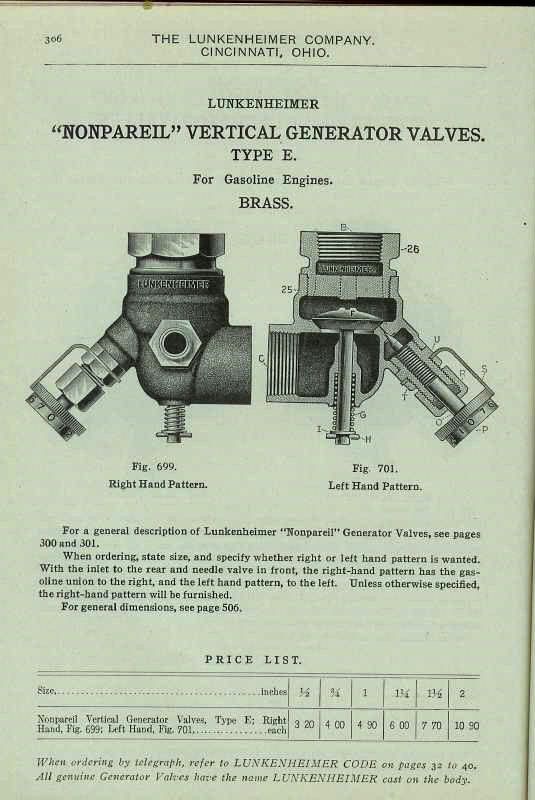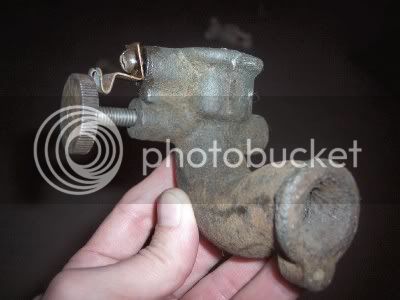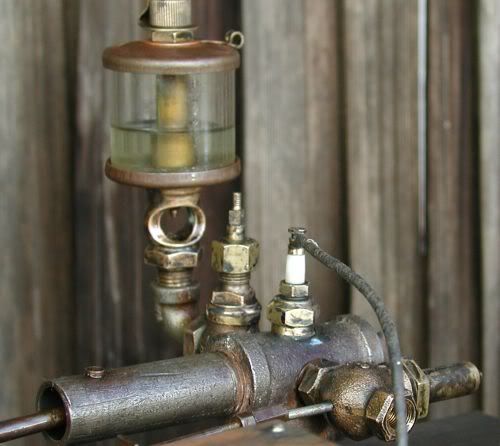K
Kermit
Guest

I didn't know a carb could be THIS simple.
Hope somebody finds this useful,
Kermit





That kind of mixer was used on hit & miss governed engines, the speed was regulated by holding the exhaust valve open until the speed came down. Every time it fired, it was a full charge. The intake valve was atmospheric, i.e. it had a light spring & was opened by vacuum on the intake stroke. When the exhaust was latched out, there was no vacuum, so the intake didn't operate. What they call the jump valve in the mixer shown created enough vacuum to suck the fuel up the line from the tank..like this...T70MkIII said:Looking at the first carb on the thread, how would you throttle such a thing? Or is that out of the question with such a design?
Enter your email address to join: